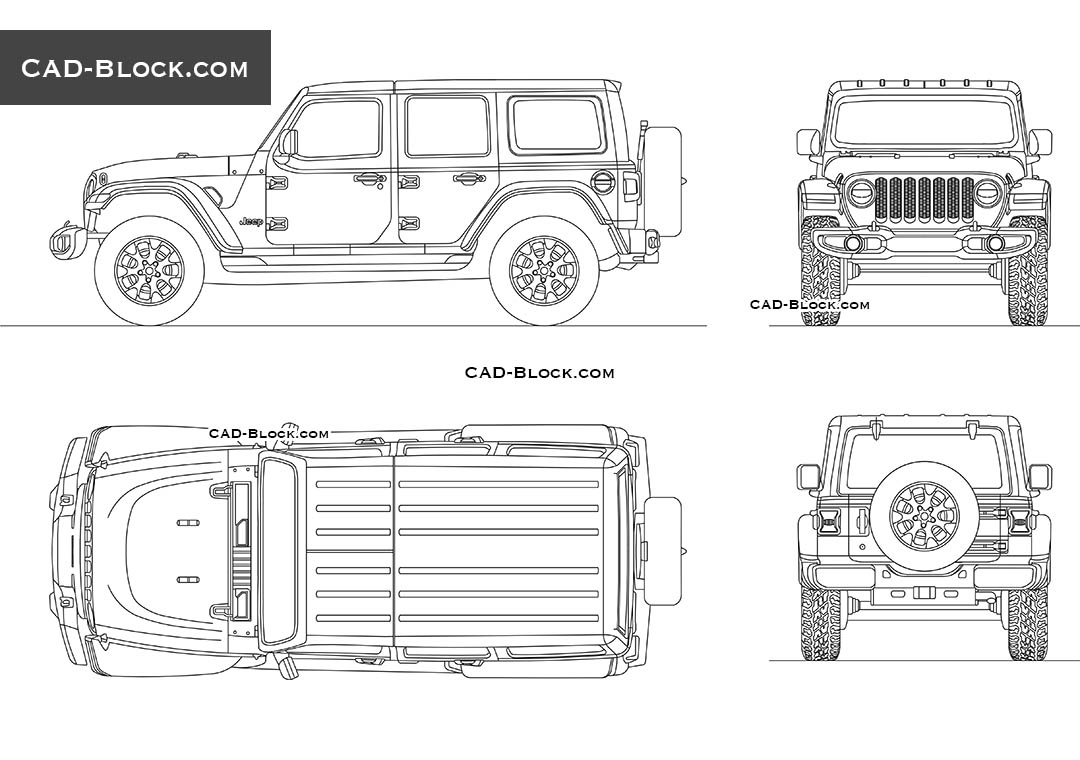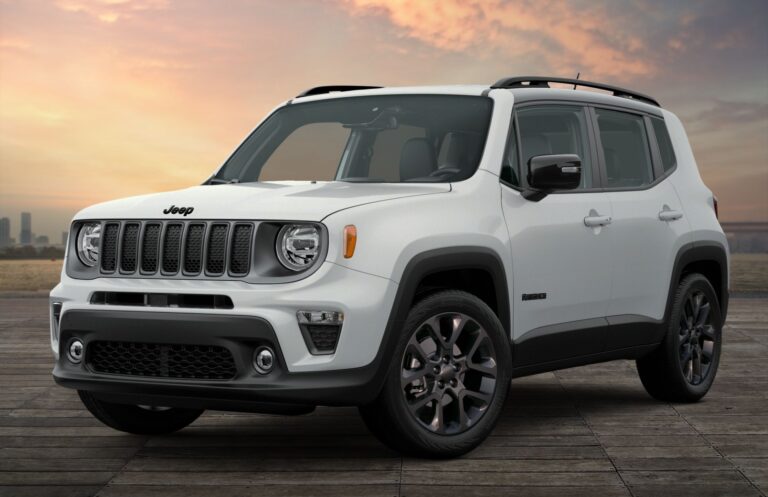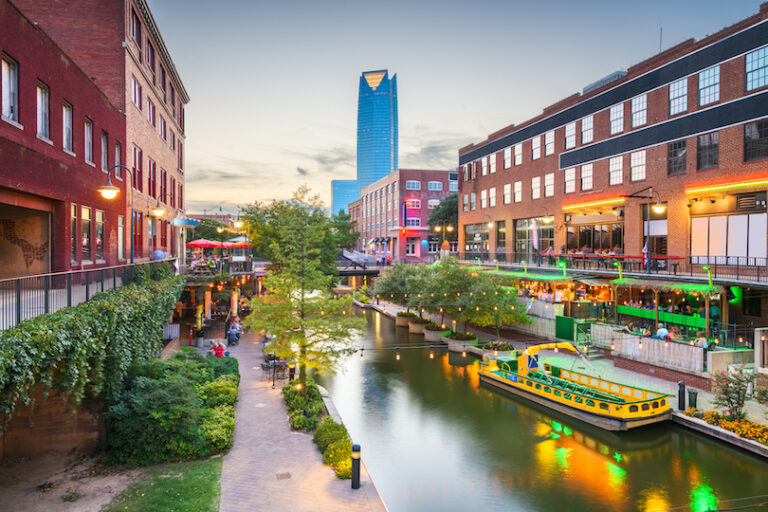Wrangler Jeep Design: An Icon Forged in Function and Freedom
Wrangler Jeep Design: An Icon Forged in Function and Freedom jeeps.truckstrend.com
The Jeep Wrangler stands as a testament to enduring design, a vehicle that transcends mere transportation to embody a spirit of adventure, rugged capability, and unparalleled freedom. More than just a collection of parts, Wrangler Jeep Design is a philosophy – a harmonious blend of iconic heritage, functional engineering, and an open-ended invitation for personalization. It’s a design language instantly recognizable worldwide, signaling a vehicle built not just for the road, but for where the road ends, and the wild begins. Understanding Wrangler Jeep Design means delving into the purposeful choices that have shaped its form and function for decades, making it a cultural phenomenon and the ultimate expression of off-road prowess.
The Enduring Legacy: Roots of the Wrangler Design
Wrangler Jeep Design: An Icon Forged in Function and Freedom
The foundational DNA of the Wrangler’s design traces directly back to the legendary Willys MB, the indispensable military vehicle of World War II. This utilitarian origin instilled core principles that remain sacrosanct in today’s Wrangler. The early CJ (Civilian Jeep) series further refined these principles, establishing the aesthetic and functional blueprint for generations to come.
At its heart, Wrangler design is about "form follows function." Every curve, every angle, every exposed hinge serves a purpose. Key design elements inherited from its ancestors include:
- Flat Fenders: Originally for easy repair and minimal interference, they now symbolize ruggedness and clearance for large tires.
- Round Headlights: A timeless, simple, and effective lighting solution that defines the Jeep face.
- Seven-Slot Grille: Born from the need for optimal engine cooling, this distinctive grille became a registered trademark and the undisputed face of Jeep.
- Exposed Hinges: A visual cue to the vehicle’s modularity and ease of repair, hinting at its transformable nature.
- High Ground Clearance: Essential for navigating obstacles, this is built into the vehicle’s very stance.
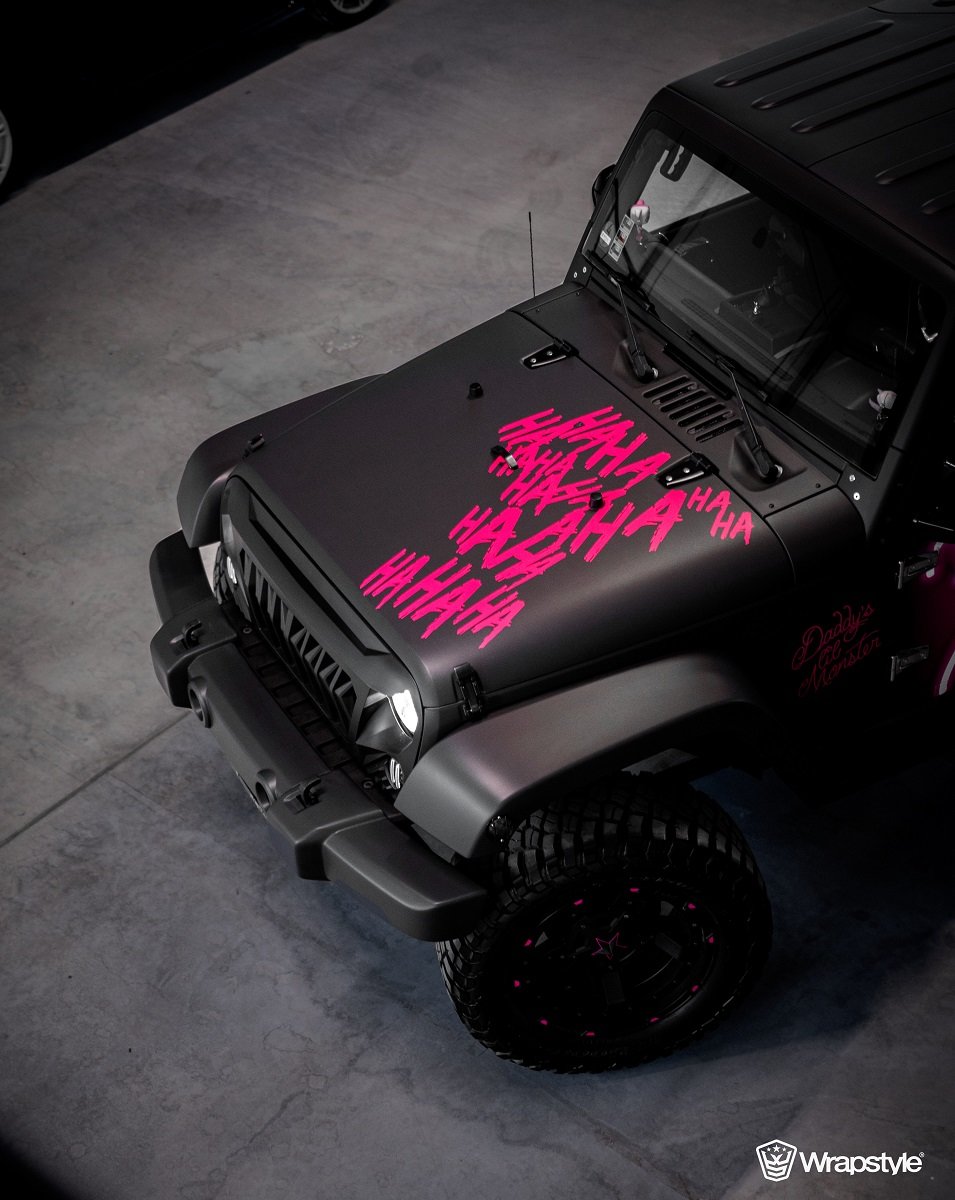
This lineage ensures that while the Wrangler evolves, its core design language remains deeply rooted in utility, durability, and an undeniable sense of history.
Iconic Aesthetics: The Visual Signature
The visual appeal of the Wrangler is unmistakable, a careful balance between historical reverence and modern interpretation. Every external and internal design choice contributes to its unique character.
Exterior Design: A Symphony of Purpose
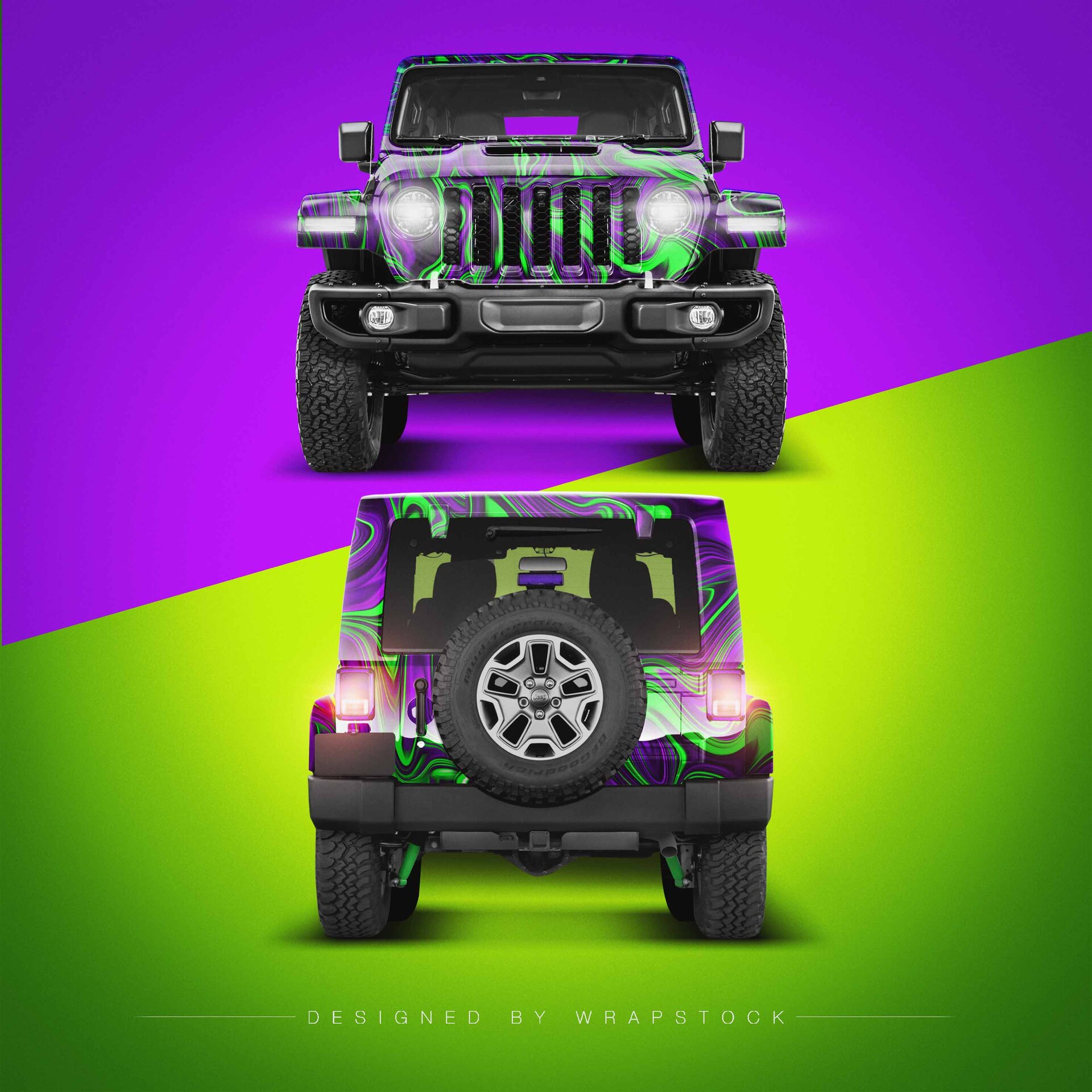
- The Seven-Slot Grille and Round Headlights: These are the visual anchors, instantly identifying the vehicle as a Jeep. Modern Wranglers like the JL generation have subtly refined these elements, incorporating LED lighting for improved visibility and a contemporary touch, yet retaining the classic circular shape.
- Flat Fenders and Trapezoidal Wheel Wells: These are not merely stylistic. Their design allows for maximum wheel articulation and clearance, crucial for extreme off-roading. The flat top surface also serves as a convenient place to stand or rest tools.
- Exposed Door Hinges: A deliberate design choice that emphasizes the Wrangler’s modularity. These hinges are not hidden, proudly signaling that the doors are designed to be removed.
- Fold-Down Windshield: While less frequently utilized in modern driving, the ability to fold down the windshield is a direct link to the Willys MB, offering an unparalleled open-air experience and a nod to its utilitarian origins.
- Removable Doors and Roof: Perhaps the most defining aspect of Wrangler design. The ability to easily remove the doors and various roof configurations (soft top, hard top, Sky One-Touch Power Top, Freedom Panels) transforms the vehicle, offering unmatched open-air freedom. This design choice elevates the Wrangler from a mere vehicle to an experience, blurring the lines between driver and environment.
- Short Overhangs: Both front and rear bumpers are designed with minimal protrusion beyond the wheels. This is critical for achieving excellent approach and departure angles, allowing the Wrangler to climb and descend steep obstacles without scraping.
![]()
Interior Design: Rugged Practicality Meets Modern Comfort
While the exterior screams adventure, the interior of the Wrangler is designed with a keen eye on rugged practicality and an increasing emphasis on modern comfort and technology.
- Durable, Washable Materials: Many Wrangler interiors feature materials designed to withstand the elements, with drain plugs strategically placed in the floorboards, allowing the interior to be hosed out after a muddy adventure. This design foresight speaks directly to its off-road purpose.
- Ergonomics for Off-Road Use: Controls are often chunky and easy to operate even with gloves on. Grab handles are strategically placed for passenger stability during rough terrain.
- Clear Instrumentation: Gauges are typically analog and straightforward, prioritizing essential information for the driver.
- Modern Integration: Recent generations have seamlessly integrated advanced infotainment systems, climate control, and connectivity options without sacrificing the core rugged aesthetic. The dash layout often retains a somewhat upright, purposeful look, contrasting with more car-like interiors.
Engineering for Capability: Design for Off-Road Dominance
The design of the Wrangler is fundamentally dictated by its mission: to conquer challenging terrain. This commitment to off-road capability influences every major engineering choice.
- Body-on-Frame Construction: This robust design, a rarity in modern SUVs, provides exceptional torsional rigidity, crucial for handling the stresses of off-road articulation. It also allows for greater ground clearance and easier modification.
- Solid Axles (Dana Front and Rear): Unlike independent suspension found in most modern vehicles, solid axles provide superior articulation and durability in extreme off-road conditions. When one wheel goes up, the other goes down, maintaining tire contact with the ground. While this design can lead to a less refined on-road ride, it is a deliberate trade-off for unparalleled off-road prowess.
- High Ground Clearance and Articulation: These are achieved through the chassis design, suspension geometry, and tire choices. The design ensures that the vehicle can clear obstacles without getting hung up and that all four wheels can maintain contact with uneven surfaces.
- Advanced 4×4 Systems: The integration of sophisticated 4×4 systems like Command-Trac (part-time) and Rock-Trac (Rubicon-exclusive, with a lower crawl ratio) is a cornerstone of the Wrangler’s design. These systems, combined with features like locking differentials (Tru-Lok or electronic locking) and electronic sway bar disconnects, are engineered to provide maximum traction and capability in the most challenging environments.
- Protective Elements: Skid plates protecting vital underbody components (fuel tank, transfer case, oil pan) and available rock rails are integrated into the design, providing essential defense against trail damage. These aren’t afterthoughts; they are part of the vehicle’s protective armor.
- Wheelbase Considerations: The two-door Wrangler’s short wheelbase offers exceptional breakover angle and maneuverability in tight trails. The four-door Wrangler Unlimited, while longer, provides improved stability at speed and significantly more passenger and cargo room, demonstrating how design adapts to varied user needs.
Modularity and Customization: A Design Playground
Perhaps no other production vehicle embraces customization as much as the Wrangler. Its design is inherently modular, almost inviting owners to personalize and enhance its capabilities. This "design playground" aspect is a key differentiator and a major reason for its loyal following.
- The Ecosystem of Mods: The Wrangler’s straightforward design, body-on-frame construction, and widespread popularity have fostered a massive aftermarket industry. From lift kits and larger tires to heavy-duty bumpers, winches, and auxiliary lighting, almost every component can be swapped or upgraded.
- User Empowerment: This modularity empowers owners to tailor their Wrangler precisely to their needs, whether it’s for extreme rock crawling, overlanding, or simply a unique aesthetic statement. The exposed hinges and bolt-on components simplify the modification process.
Practical Advice for Customization:
- Define Your Purpose: Before diving into modifications, understand what you want your Wrangler to do. A daily driver has different needs than a dedicated trail rig.
- Research Compatibility: Ensure aftermarket parts are compatible with your specific Wrangler model and trim.
- Prioritize Safety and Function: Focus on functional upgrades (tires, suspension, protection) before aesthetic ones.
- Consider Professional Installation: For critical components like lift kits or drivetrain modifications, professional installation ensures safety and proper performance.
- Be Aware of Legalities: Lift kits and tire sizes can have legal implications regarding vehicle height, fender coverage, and speedometer calibration.
Evolution and Future: Balancing Heritage with Innovation
The Wrangler’s design isn’t static; it’s a living entity that evolves while meticulously preserving its core identity. The current JL generation is a prime example of this delicate balance.
- JL Generation Refinements: The JL Wrangler introduced significant design improvements without betraying its heritage. It retained the iconic silhouette but refined it with subtle aerodynamic tweaks, integrated LED lighting, and improved interior ergonomics. New engine options, including turbocharged gasoline and diesel, broadened its appeal.
- Wrangler 4xe: Electrifying the Icon: The introduction of the Wrangler 4xe plug-in hybrid marked a significant leap, integrating advanced electric powertrain technology into the established design. The exterior design remains virtually identical, with subtle blue accents and charging port, demonstrating how new technology can be seamlessly woven into a classic design without compromising capability or aesthetic.
- Potential Challenges and Solutions:
- Aerodynamics vs. Iconic Shape: The Wrangler’s boxy, upright design is inherently less aerodynamic than modern SUVs, leading to higher fuel consumption and wind noise. Jeep addresses this by introducing more efficient powertrains and subtle design elements (like a raked grille and windshield) while maintaining the signature look.
- Safety Regulations vs. Removable Parts: Meeting modern safety standards while retaining removable doors and fold-down windshields is a constant design challenge. Jeep addresses this through robust roll cages, advanced airbag systems, and reinforced chassis designs.
- Emissions vs. Powerful Engines: Stricter emissions regulations necessitate innovative engine designs, leading to smaller displacement turbo engines and, significantly, the 4xe hybrid, allowing for powerful performance with reduced environmental impact.
- Maintaining Ruggedness While Adding Luxury: As customer expectations for comfort and technology rise, the Wrangler’s design must integrate these without losing its rugged, utilitarian appeal. The JL’s interior successfully balances durable materials with high-tech features.
The future of Wrangler design will likely continue this trend: embracing electrification, autonomy, and connectivity, all while staying true to the fundamental principles of capability, modularity, and that unmistakable, adventurous spirit.
Wrangler Jeep Design Elements & Model Pricing (Illustrative)
Understanding the design means understanding how different trim levels embody various aspects of that design philosophy, influencing capability and price.
| Model/Trim | Key Design Features (Relevant to Off-Road/Iconic Design)
